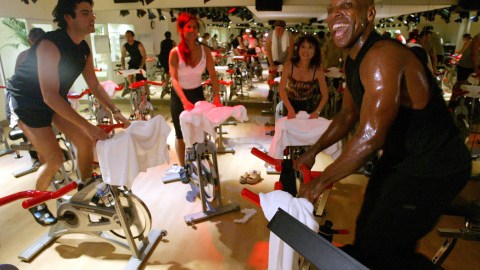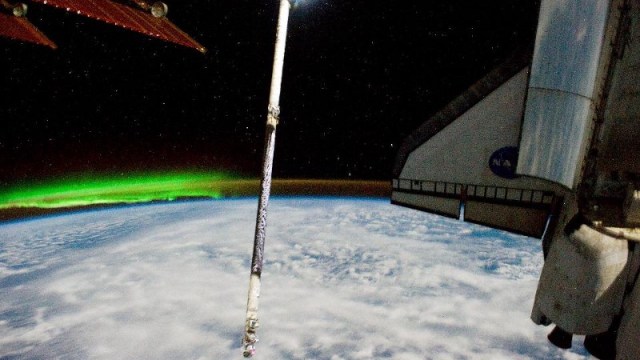One Minute of Exercise Per Day Is All You Need, Say Researchers

There are many demands on our time. And even though we know we should do it, it is often very hard to stick to a consistent exercise routine. But not having enough time may no longer be a viable excuse. Just 1 minute of very intense exercise can give you the same health benefits as 45 minutes of moderate working out. That’s the conclusion drawn by researchers at McMaster University in Canada.
”This is a very time-efficient workout strategy,” says the author of the study, professor Martin Gabala. “Brief bursts of intense exercise are remarkably effective.”
The study involved 27 out-of-shape men who performed three weekly sessions of either intense or moderate training for 12 weeks, while some of them were in a non-exercising control group. The scientists examined key health indicators such as cardiorespiratory fitness and insulin sensitivity (which speaks to how the blood sugar is regulated by the body).
After the 12 weeks, results were remarkably similar between the group involved in intense “all-out” cycle sprints and those who cycled at a moderate pace, even though the moderate group involved five times as much exercise and time.
The sprinters first warmed up for 2 minutes, then went through a few intervals of pedaling as hard as they could for 20 seconds, followed by 2 minutes of slower riding.
”Most people cite ‘lack of time’ as the main reason for not being active,” pointed out Gibala, who has been studying interval training for over a decade. “Our study shows that an interval-based approach can be more efficient – you can get health and fitness benefits comparable to the traditional approach, in less time.”
He says that “the basic principles apply to many forms of exercise.” You can climb a few flights of stairs on your lunch break and get quick and significant health benefits. Of course, use some common sense. Intense training may not be suitable for everyone’s physical condition (especially if you have heart trouble).
You can read the study online in the journal PLOS ONE.





